Erie County is home to many small villages and towns and each one has its own feel with completely different energy than the largest community in the County, the city of Erie. The 1888 book that I refer to for this blog is strictly about the city, but I want to expand my discussion into the county a bit. The first town I would like to talk about is Waterford. I experienced much personal happiness in and around that town growing up and spending time with my Grandmother who lived out in the countryside nearby.

The town of Waterford began as the site of the French Fort LeBoeuf. When the French arrived around 1753, a Native American village was located there. LeBoeuf was part of a chain of forts between Niagara and New Orleans that helped lay claim to this territory for the French. Fort Presque Isle in Erie was part of this system and a road was cut between the two which later (and still is) known as Old French Road.
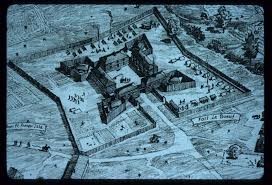
At this time, the British also laid claim to the territory and the colony of Virginia sent a 21-year-old George Washington here to deliver a message to the French to vacate the area. The French respectfully declined, which added to the ongoing territorial disputes between the two nations; eventually sparking the French and Indian War (1754-1763).
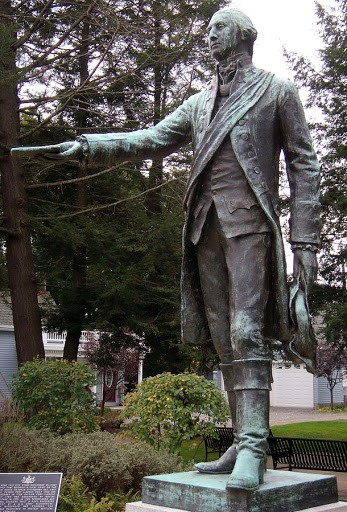
By 1756, the fort was “garrisoned with 150 men and a few straggling Indians”. By 1758 there was a report of the fort being small, constructed with mostly rotten logs and contained 2 officers, a storekeeper, clerk, priest and 150 soldiers with “no employment”. No major battles occurred in or around the fort during the war.
The American victory of the Revolutionary War made this territory part of the United States and in 1794, a rumor circulated of Native American hostilities in the area. Troops were sent and took possession of the area building a new, American Fort LeBoeuf about 2 miles south of the site of the old fort. A treaty of peace was established later in the year and the town of Waterford was laid out by Andrew Ellicott, the same man who laid out Erie the following year.
People began to move from eastern Pennsylvania and New England to Waterford for the rich agricultural lands. Some also moved here due to the establishment of the Tenth Donation District which encompassed Waterford, Wayne and Amity townships. This land was set aside by the cash poor new United States government to pay Revolutionary War veterans. Perhaps this is how Michael Hare came to the area. Mr. Hare served during the French wars, was present at Braddock’s defeat, fought in the American Revolution, fought the “western Indians” in which he was left for dead on the field and lost his scalp which “didn’t cause him much inconvenience in later years”. This patriot died May 3, 1843 at the age of 115 years, 8 months and 23 days and is buried in Waterford Cemetery.
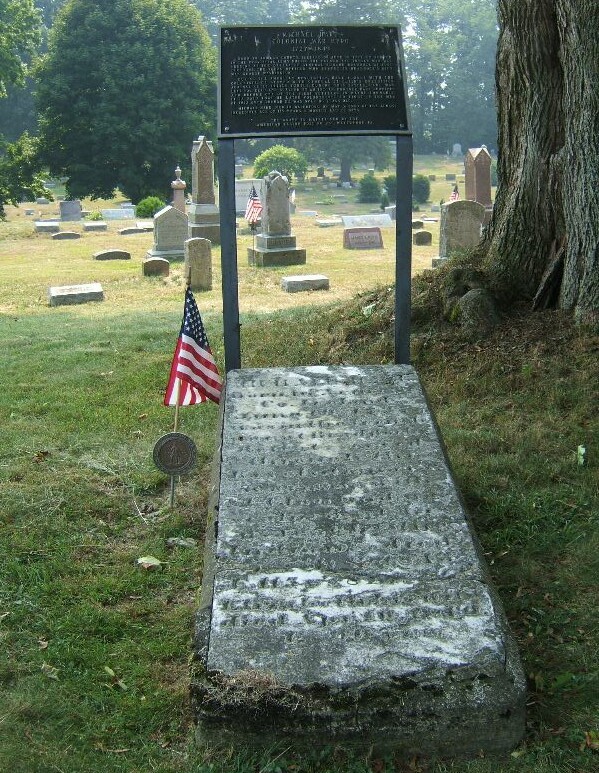
Famous Revolutionary hero the Marquis de Lafayette (see blog # 7) visited Waterford June 2, 1825. His visit caused quite a stir among the locals who came out in droves to see the hero.
1826 proved to be a big year for the growing community. With approximately 580 souls in residence, what we know today as the Eagle Hotel was built. Beginning as a stagecoach stop for travelers, the building is currently home to the Fort LeBoeuf Historical Society museum and the popular Sugar & Spice restaurant. Also, the Waterford Academy was opened which was the foremost and important institution of learning in the area. The school closed in 1954 and Ft. LeBoeuf High School took its place.
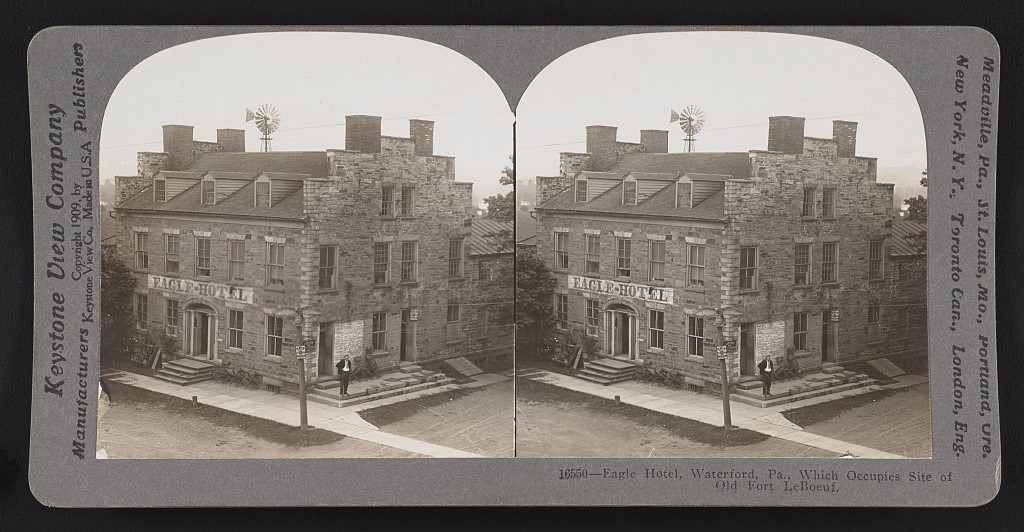
A plank road (see blog #8) was built between Waterford and Erie in 1851, which followed the valleys of Mill, Walnut and LeBoeuf creeks. Three toll gates were on this road, however; it never proved profitable. Consequently, the road was given to the townships it went through in 1868 or 1869. One of the reasons it was never profitable was due to a dispute which arose between plank road company and a stagecoach company that ran between the two towns over the price of tolls. The Stagecoach company built the Shunpike Road at considerable expense near the plank road diverting profitable traffic. The road is still in existence with no fees necessary to use it.
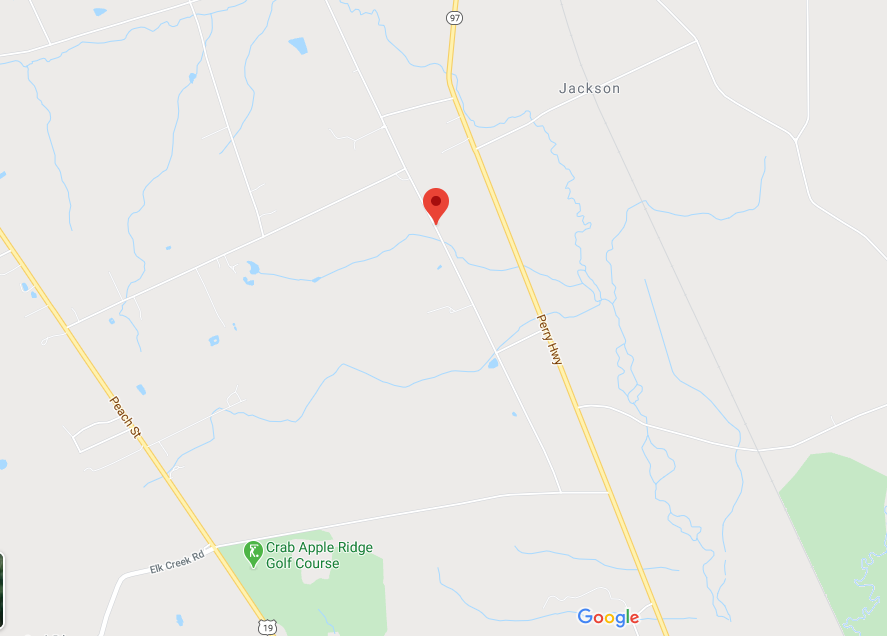
Waterford is today considered by many to be a bedroom community to folks who work in Erie. Yet, it also has its own business district, Churches, services and beautiful agricultural areas nearby making it a quiet alternative to “larger city” living. There is a lot more to be said of its long history. Please visit the Fort LeBoeuf Historical Society’s website and support their facilities and events when pandemic regulations are eventually loosened up. I wish you all the long life and happiness Michael Hare must have experienced living there.
